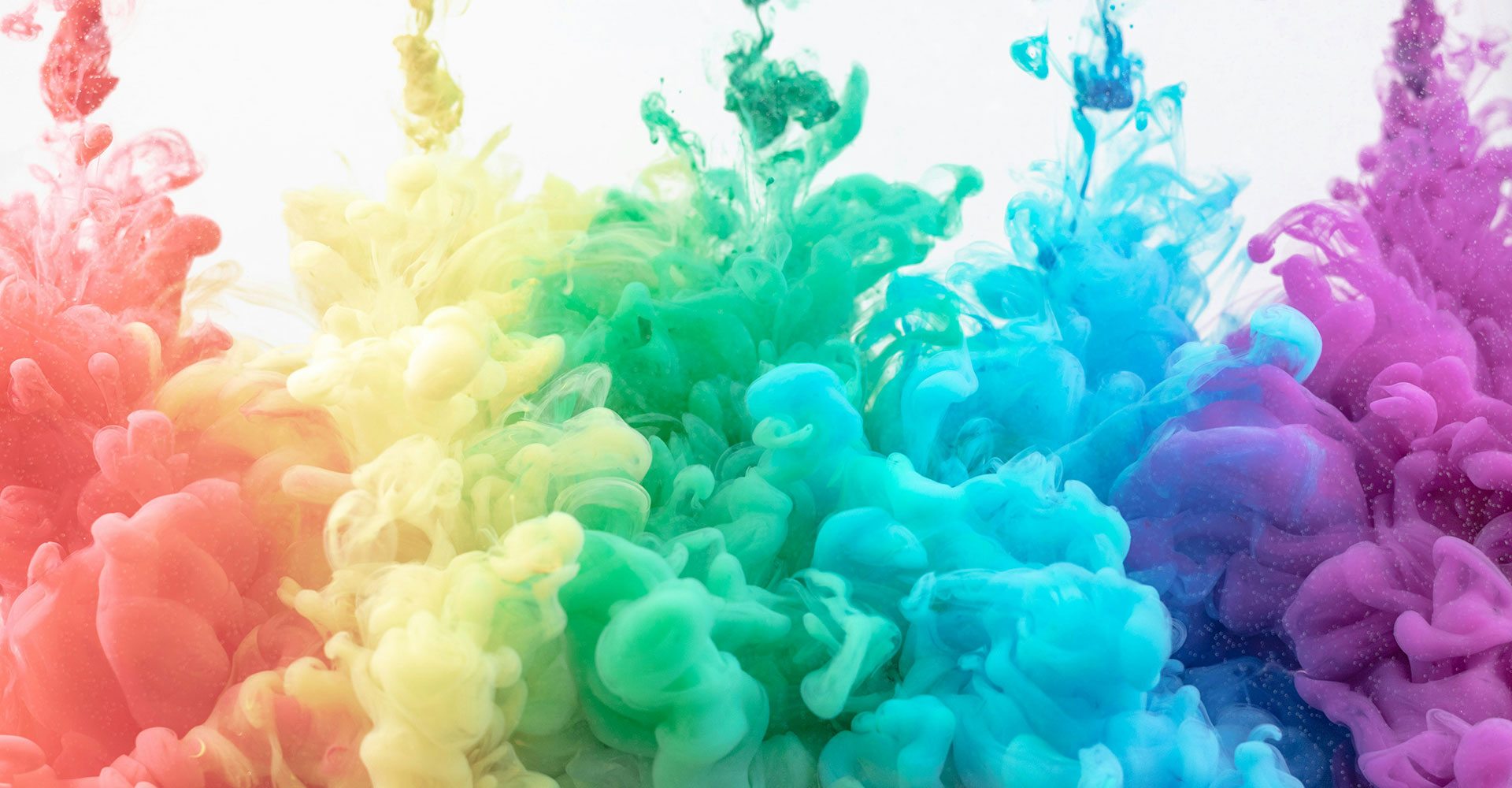Americans spend a staggering 90% of their lives indoors. This reality has sparked a reimagining of how we design, utilize, and experience buildings. Enter biophilic design, a rapidly growing trend that prioritizes occupant well-being by forging connections with nature within built environments.
From Niche Trend to Market Expectation
No longer a fringe concept, biophilic design is increasingly becoming a standard expectation for tenants seeking sustainable, functional, and aesthetically pleasing spaces. Offices, homes, retail stores, and hospitality venues are embracing biophilic features to create more inviting and enriching experiences.
Biophilic design incorporates natural elements like daylight, plants, water features, and exposed wood. These elements have been scientifically proven to positively impact human health and well-being, from reducing stress and anxiety to boosting productivity and creativity.
Biophilic design goes beyond simply adding a few plants. It’s a comprehensive approach that draws on insights from human biology, psychology, and culture to create spaces that are:
- Locally relevant and responsive: Utilizing natural elements specific to the region and climate.
- Diverse and inclusive: Considering varying health conditions, cultural norms, and individual preferences.
- Inspirational and restorative: Fostering a sense of calm, focus, and creativity.
- Seamlessly integrated: Blending seamlessly with the building’s functionality and the surrounding environment.
- Evoking attachment and love: Building a deep connection between occupants and the space itself.
By tapping into our inherent connection with nature, biophilic design can transform our built environments into sanctuaries of happiness, health and meaning. As we spend more time indoors than ever, embracing this approach is crucial for creating spaces that genuinely nurture our well-being.
Biophilic Design’s Embrace of Nature
Imagine stepping into a building that feels like an extension of the earth. Sunlight dapples through leaves overhead, casting a calming pattern on a stone floor. A gentle waterfall whispers, its melody blending with the rustle of nearby bamboo. This isn’t a secluded nature retreat — it’s your office, your home, your haven. The philosophy of biophilic design weaves the essence of nature into the fabric of our built environment, bringing the outdoors in through:
- Living walls and verdant landscapes: Lush greenery cleanses the air, reduces stress, and infuses spaces with vibrancy.
- Water features: From soothing fountains to trickling streams, water’s soft murmurs evoke serenity and connection to the natural world.
- Natural materials: Wood, stone, and other organic elements bring warmth and texture, grounding us in earthy authenticity.
- Sunlit havens: Maximize natural light through ample windows and skylights. Studies show it boosts mood, cognitive function and even sleep quality.
- Borrowed landscapes: Frame stunning outdoor views, blurring the lines between inside and outside and transporting you to a world of tranquility.
Biophilic design isn’t just a trend; it’s a revolution in our relationship with the built environment. It recognizes that humans are innately drawn to nature and weaves its restorative power into the fabric of our buildings. This design philosophy holds the potential to transform our offices, homes and cities into sanctuaries of health, happiness and creativity.
Beyond aesthetics, however, is a deeper connection. Biophilic design doesn’t stop at the surface. It delves into the intricate relationship between humanity and nature. It uses fractal forms to mimic natural patterns, from branching trees to swirling seashells, creating a sense of harmony and belonging.
Sharp angles are eschewed in favor of organic shapes. Curves, arches and vaulted ceilings echo the contours of rolling hills and soaring mountains, fostering a sense of calm and spaciousness. Designers incorporate the unique character of a building’s environment into its decor and furnishings, integrating regional plants, materials and even soundscapes to create a space that resonates with its natural surroundings.
Nature’s bounty of benefits
The rewards of biophilic design go far beyond aesthetics. Research shows it unlocks a treasure trove of psychological benefits. Plants and natural views lower stress hormones, promoting mental clarity and emotional well-being. Spending time in nature promotes happier moods. Increased exposure to natural light and greenery demonstrably uplifts spirits and boosts cognitive performance.
Studies reveal a significant increase in creativity in environments rich in natural elements. Nature replenishes our mental resources, enhancing attention and boosting productivity. Hospitals using biophilic design report faster patient recoveries, reduced pain medication use, and lower mortality rates. Biophilic spaces nurture a sense of connection and tranquility, improving overall well-being and fostering a deep sense of belonging.
So forget the stark, sterile offices and public spaces of old — the future of commercial real estate is blooming with greenery, whispering with water and basking in natural light. Here are some best practices to guide you whether you’re retrofitting an existing building or planning new construction.
- Let the sun be your architect — position workstations and common areas to bask in its warm glow. Embrace skylights and solar tubes to eliminate inner-space shadows. Choose glass partitions and walls instead of heavy dividers for a light-filled collaborative vibe.
- Plants aren’t just decorations but living air purifiers and mood boosters. Embrace the vertical trend with cascading green walls, or create verdant islands with garden atria. For the ambitious (and in climate-friendly areas), green roofs transform rooftops into vibrant ecosystems. The air will smell fresher, and employees will feel more focused and revitalized.
- Ditch the cold metallics and sterile plastics. Opt for the earthy elegance of wood, the comforting solidity of stone and the calming touch of bamboo. These natural materials bring warmth and a sense of the outdoors in, creating spaces that feel grounding and authentic.
- Invite the gentle murmur of water to wash away stress. Install a fountain or tumbling waterfall to create a tranquil soundscape. Even strategically placed pictures of serene oceans or babbling brooks can evoke a sense of calm and connection to nature.
- Turn your building into a picture frame for the world outside. Orient your space to capture views of parks, trees and even distant hills. Maximize the visual connection with nature by framing these vistas with large windows and inviting the outside world to paint your interior with natural beauty.
- Nature abhors straight lines and sharp angles. Banish the cubicle grid and embrace curves, arches and irregular shapes. These organic forms subconsciously echo the contours of rolling hills and meandering rivers, creating a sense of flow and spaciousness.
- Don’t confine nature to just the outdoors. Fill your walls with vibrant murals of forests, meadows or blossoming flowers. Hang nature-inspired photography or display sculptures to surround the environment with the calming beauty of the natural world.
- Balconies become verdant escapes, courtyards offer hidden sanctuaries, and rooftop terraces transform into urban oases. Provide employees with easy access to these pockets of nature, where they can take mini-breaks to breathe deeply and recharge in the restorative power of the outdoors.
- Look and think beyond the obvious plants and animals. Find inspiration in nature’s subtle patterns. Incorporate textures or artwork featuring leaves, branches and swirling patterns to inject a touch of organic complexity into fabric and wall designs, floor-tiling patterns and more.
- Healthy buildings mean healthy tenants. Ensure proper ventilation to keep air fresh and circulating. Choose low-VOC materials to minimize indoor pollutants and create a space that breathes as easily as its occupants.
- Not all work is created equal. Craft a diverse landscape of environments within your space. Alternate focus areas with relaxation zones where employees can unwind or focus. Let your space cater to the different rhythms of work and recharge, just like nature’s ever-changing cycle.
Benefits to CRE
The concrete jungle is losing its appeal. Real estate has been experiencing a green revolution for a few years, driven by a fundamental shift in human desires. Views of nature aren’t merely scenic — they’re a premium feature commanding higher prices and rents. Offices aren’t just cubicles — they’re biophilic havens infused with natural light, wood and greenery, attracting tenants and boosting lease rates. Why? Because people crave a connection to the natural world, and biophilic design delivers.
Incorporating these principles isn’t just a feel-good gesture — it’s a shrewd investment. Abundant daylight, natural materials, lush greenery and calming nature views don’t just create beautiful spaces; they translate into faster leasing, happier tenants, and, ultimately, increased returns for owners and developers. McKinsey & Company predicts wellness as the next trillion-dollar industry, and biophilic design stands poised to ride this wave of green consciousness.
By weaving nature’s elements into our commercial spaces, we create thriving environments for businesses and individuals and secure ourselves a front-row seat in this lucrative revolution. So open your doors to sunshine, invite in the trees, and watch your spaces flourish as sanctuaries of well-being, sustainability and profitability. The future is biophilic — and it’s renting fast.
Are you a commercial real estate investor or looking for a specific property to meet your company’s needs? We invite you to talk to the professionals at CREA United: an organization of CRE professionals from 92 firms representing all disciplines within the CRE industry, from brokers to subcontractors, financial services to security systems, interior designers to architects, movers to IT, and more.

